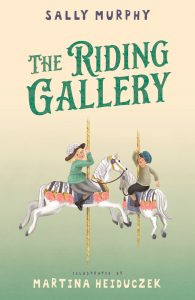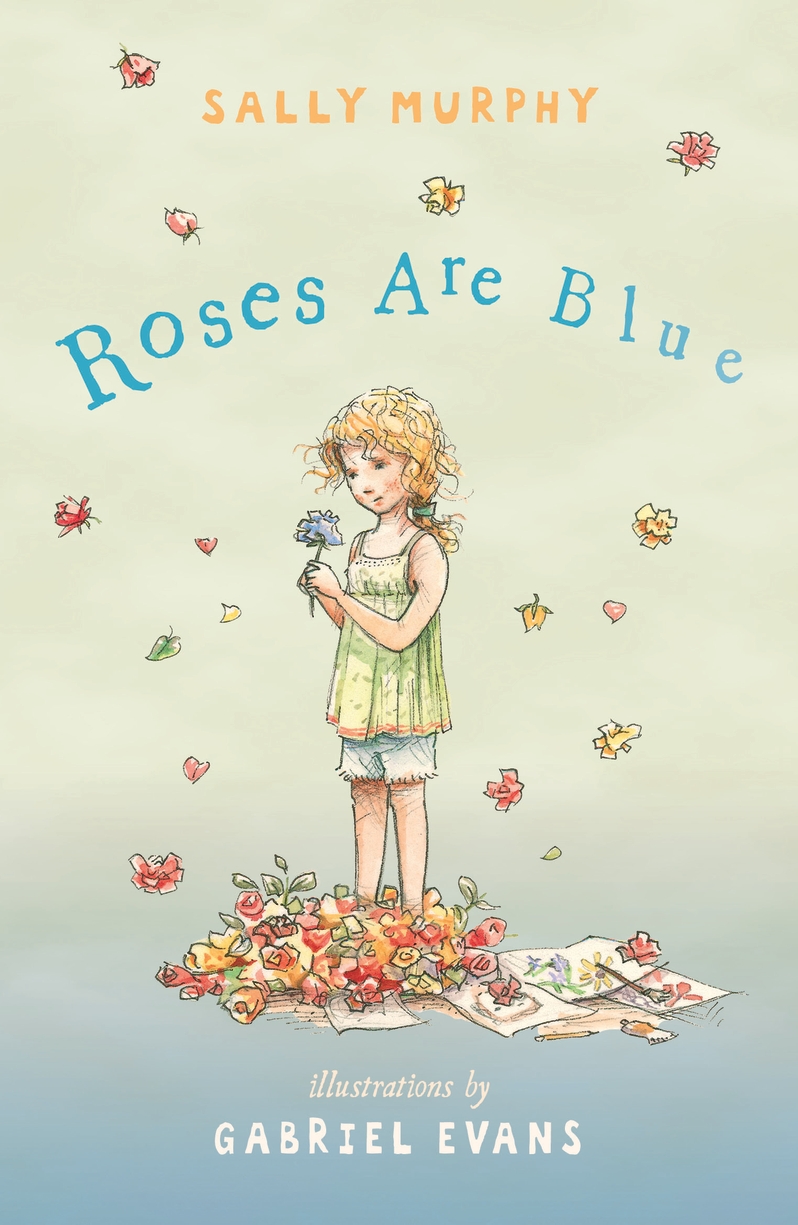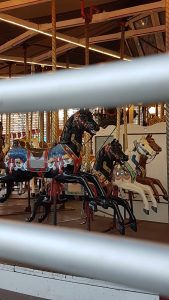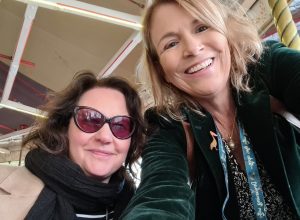It’s hard to believe it’s only a week since The Riding Gallery was officially released. I could have sworn it was longer – with every day new reviews, new sightings in the wild, and lovely new messages from people who have read and enjoyed it. Thanks to all who have reviewed it or sent a message – you have made me smile. I am so pleased Anton’s story is touching people in the way I hoped.
was longer – with every day new reviews, new sightings in the wild, and lovely new messages from people who have read and enjoyed it. Thanks to all who have reviewed it or sent a message – you have made me smile. I am so pleased Anton’s story is touching people in the way I hoped.
If you are an educator, I am pleased to say that there are now some excellent Teaching Notes available, prepared by Belinda Bolliger, and produced by Walker Books. You can see and download them here. If you do share The Riding Gallery in your classroom, I’d love to hear what your students think!
In other news, if you are in Perth next week, you would be very welcome at the official launch of The Riding Gallery, to be held at Curtin University’s School of Education (where I work) on Thursday July 18. The event is, of course, free, but you can register here so we know you are coming.
Lastly, it was really exciting to see that The Riding Gallery is the Primary Book of the Month at Lamont Standing Orders. If you don’t subscribe to the standing order, you can still read their lovely review here
My part of the world is really cold and wet at the moment – not my favourite weather at all, but not a bad time of year to be curled up with a good book!








